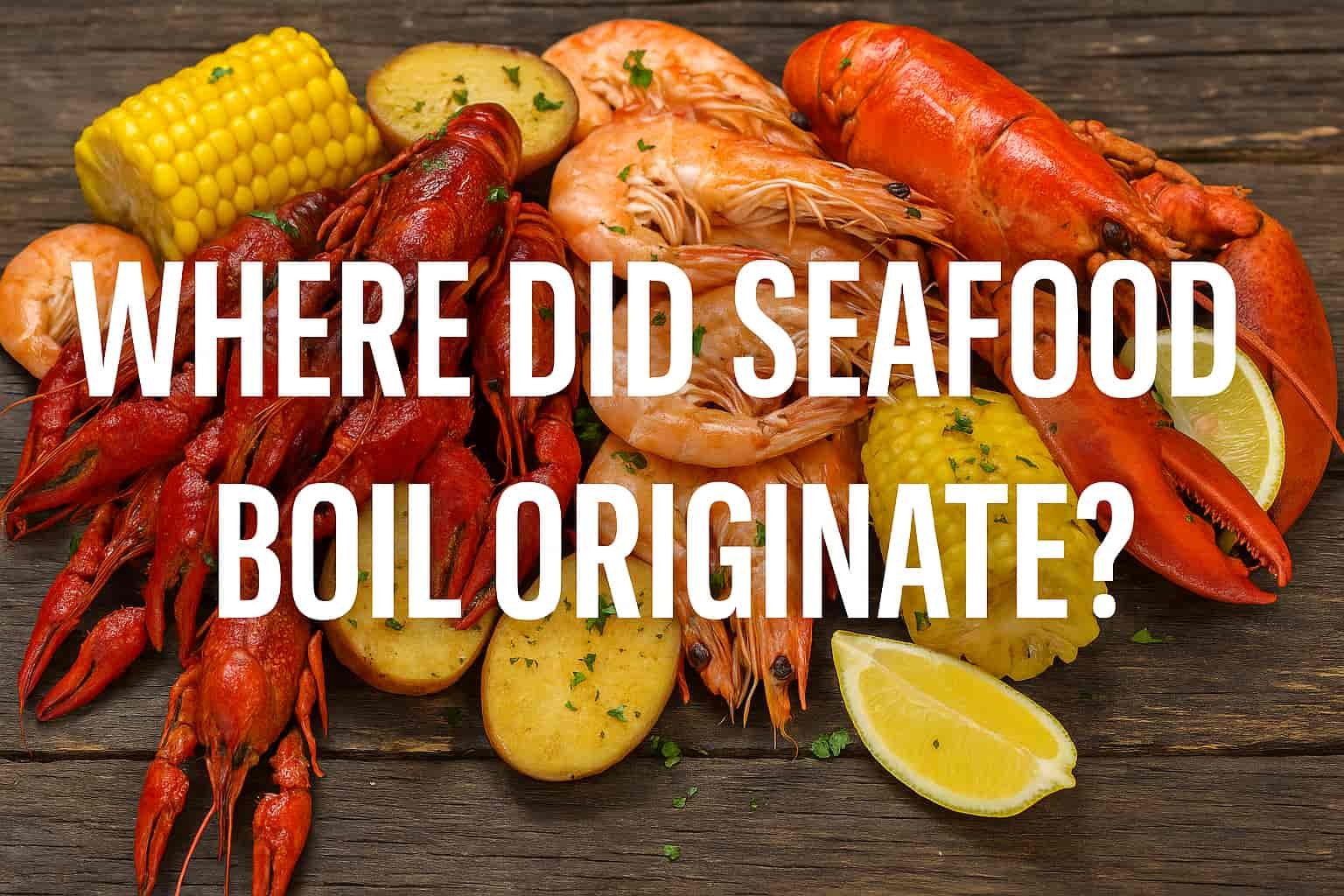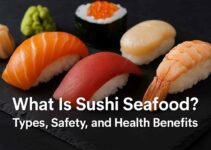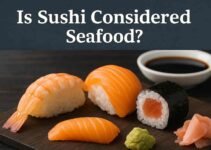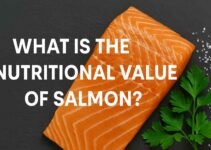Seafood boils stand as one of the most iconic communal dining traditions in American culinary history. This vibrant cooking method, which involves boiling a variety of seafood along with vegetables and bold seasonings, is more than just a meal—it’s a social event deeply rooted in cultural heritage. The origins of seafood boils can be traced to specific regions where coastal access and diverse cultural influences shaped their development.
From the rich Creole and Cajun traditions of Louisiana to the classic clambakes of New England, each variation reflects a unique historical and cultural narrative. These gatherings began as practical solutions for feeding large groups using abundant local resources. Over time, they evolved into cherished customs celebrated during festivals, family reunions, and holiday events.
In this article, you will discover exactly where seafood boils originated, how different regions influenced their development, and the historical events that turned this simple cooking method into a beloved tradition. Each section answers a direct, search-intent-driven question to provide clear, authoritative information without unnecessary fluff.
Contents
- 1 What Is a Seafood Boil and How Did the Tradition Start?
- 2 Which Region First Popularized the Seafood Boil Concept?
- 3 What Are the Key Historical Events That Shaped Seafood Boils?
- 4 What Ingredients Were Traditionally Used in the Earliest Seafood Boils?
- 5 How Did Cooking Techniques for Seafood Boils Evolve Over Time?
- 6 How Did the Seafood Boil Become a Symbol of Community and Celebration?
- 7 How Do Regional Variations Reflect the Cultural Origins of Seafood Boils?
What Is a Seafood Boil and How Did the Tradition Start?
A seafood boil is a communal meal where various seafood types are boiled with seasonings and vegetables, originating from coastal regions with abundant seafood resources. This tradition began out of necessity, providing an efficient way to feed large gatherings using available ingredients such as shrimp, crawfish, crabs, corn, and potatoes.
Historical records show that seafood boils started in the American South, particularly along the Gulf Coast. These communities had easy access to fresh seafood and developed outdoor cooking methods to accommodate large family and community events. Early seafood boils featured simple seasonings like salt and bay leaves before the introduction of more complex spice blends through trade and cultural exchange.
By the late 19th century, seafood boils became popular at public gatherings and festivals, symbolizing unity and celebration. Today, this tradition remains a core element of Southern and coastal culture, preserving its historical roots while evolving with modern culinary trends.
Learn more: For a comprehensive guide on seafood boils, including ingredients and cooking methods, visit our article on What Is a Seafood Boil? Complete Guide to Ingredients and Cooking.
Which Region First Popularized the Seafood Boil Concept?
Louisiana is the region that first popularized the seafood boil concept, particularly through its Cajun and Creole communities. These cultures combined French, Spanish, African, and Native American culinary traditions to create bold and flavorful seafood dishes.
The Louisiana seafood boil, also known as the Cajun seafood boil, became widely recognized in the 1800s. This version introduced signature spices such as cayenne pepper, paprika, garlic, and thyme, which are still essential today. The use of large outdoor pots and propane burners allowed cooks to prepare massive quantities of seafood efficiently, turning meals into festive social events.
While New England had its own version known as the clambake, it focused primarily on clams and lobsters and used different cooking methods like steaming over seaweed. The Louisiana seafood boil, however, spread rapidly across the Southern United States due to its bold flavors and lively communal atmosphere, establishing itself as the most influential version of the tradition.
What Are the Key Historical Events That Shaped Seafood Boils?
Three major historical events shaped the evolution of seafood boils: European colonization, the Atlantic slave trade, and post-Civil War cultural integration.
- European Colonization (1600s–1700s):
French and Spanish settlers brought new spices and cooking methods to the Gulf Coast, influencing local cuisine. The introduction of bay leaves, thyme, and black pepper enriched the basic seafood boil recipes of the time. - Atlantic Slave Trade (1700s–1800s):
Enslaved African communities introduced complex spice blends and cooking techniques that emphasized layered flavors. This influence is evident in today’s Cajun seasoning profiles and the preference for bold, spicy seafood dishes. - Post-Civil War Cultural Integration (Late 1800s):
Following the Civil War, diverse communities began sharing culinary traditions more freely. Public festivals and family gatherings became popular platforms for showcasing regional recipes, solidifying the seafood boil as a key cultural event across the South and coastal regions.
What Ingredients Were Traditionally Used in the Earliest Seafood Boils?
The earliest seafood boils traditionally used five core ingredients: shrimp, crawfish, crabs, corn, and potatoes. These items were selected based on local availability and their ability to feed large groups efficiently.
- Shrimp and Crawfish: Abundant in Louisiana’s bayous and the Gulf of Mexico, these shellfish became essential proteins in early seafood boils. Historical accounts from the 1700s confirm that crawfish boils were a regular part of Creole and Cajun celebrations.
- Crabs: Coastal regions like Maryland and the Carolinas incorporated blue crabs into their boils, using them as both a delicacy and a symbol of local abundance.
- Corn and Potatoes: These vegetables served as hearty fillers that complemented the seafood. Introduced by Native American tribes and later adopted by European settlers, corn and potatoes helped balance the strong flavors of the seafood and provided nutritional value.
By the 19th century, seasoning blends featuring cayenne pepper, paprika, garlic, and bay leaves became standard additions, transforming the flavor profile of traditional seafood boils into the bold and spicy dishes known today.
How Did Cooking Techniques for Seafood Boils Evolve Over Time?
Seafood boil cooking techniques evolved through three distinct phases: open-fire boiling, portable propane setups, and commercialized seafood boil kits.
- Open-Fire Boiling (1700s–1800s):
Early seafood boils used large iron pots over open wood fires. These gatherings typically took place outdoors, often near rivers or coastal areas, where fresh seafood could be harvested and cooked immediately. - Portable Propane Setups (1900s):
As technology advanced, portable propane burners replaced open fires, allowing for faster heating and easier temperature control. This change made seafood boils more accessible for family gatherings and public events, especially during holidays and local festivals. - Commercialized Seafood Boil Kits (2000s–Present):
In modern times, pre-packaged seasoning mixes and seafood boil kits became popular. These products standardize flavor profiles and simplify the cooking process, making it easier for people outside traditional coastal regions to enjoy authentic seafood boils.
This evolution in cooking techniques allowed seafood boils to transition from a regional tradition to a nationwide culinary trend.
How Did the Seafood Boil Become a Symbol of Community and Celebration?
Seafood boils became a symbol of community and celebration through their role in three types of gatherings: family reunions, cultural festivals, and religious celebrations.
- Family Reunions: In the Southern United States, seafood boils often mark family milestones, including birthdays, anniversaries, and homecomings. Large pots of food cooked outdoors foster a relaxed, communal environment where sharing meals strengthens family bonds.
- Cultural Festivals: Events like the Breaux Bridge Crawfish Festival in Louisiana, established in 1960, celebrate the cultural heritage of seafood boils. These festivals attract thousands of visitors annually, showcasing traditional cooking methods, music, and crafts.
- Religious Celebrations: In Catholic communities, especially during Lent, seafood boils offer a festive yet meat-free alternative. Fridays during Lent often feature seafood-focused meals, with boils providing both religious observance and community entertainment.
Through these events, seafood boils transformed from a regional cooking method into a unifying social ritual deeply embedded in American culture.
How Do Regional Variations Reflect the Cultural Origins of Seafood Boils?
Regional variations in seafood boils clearly reflect the cultural origins and historical influences of each area, resulting in three distinct styles: Cajun seafood boils, Low Country boils, and New England clambakes.
What Distinguishes a Low Country Boil from a Cajun Seafood Boil?
A Low Country boil is milder and emphasizes simplicity, while a Cajun seafood boil features bold, spicy flavors with complex seasoning blends.
- Low Country Boil (South Carolina and Georgia):
This version typically includes shrimp, corn, smoked sausage, and red potatoes. Old Bay seasoning is often used for a light, aromatic flavor. The focus is on freshness rather than intense spiciness, and the meal is usually served with cocktail sauce or melted butter rather than heavy seasoning dips. - Cajun Seafood Boil (Louisiana):
This version is known for its rich, spicy flavor profiles using ingredients such as crawfish, shrimp, crabs, and andouille sausage. The seasoning mix includes cayenne pepper, paprika, garlic, bay leaves, and lemon. Boiled in large pots with generous spice quantities, the final meal is often tossed in even more Cajun seasoning before serving.
How Are New England Clambakes Different from Southern Seafood Boils?
New England clambakes use steaming methods over seaweed and hot stones, focusing on shellfish like clams and lobsters, while Southern boils rely on boiling with robust spices.
- Cooking Method:
Clambakes involve layering seaweed and hot stones in pits, steaming the seafood along with corn and potatoes to create a natural, ocean-infused flavor. In contrast, Southern boils use high-heat boiling with bold spices to create powerful flavor profiles. - Primary Ingredients:
New England clambakes focus on clams, lobsters, mussels, and sometimes fish. Southern boils center around crawfish, shrimp, crabs, and spicy sausages. - Cultural Significance:
Clambakes are traditional to coastal New England communities and are often part of Fourth of July and summer celebrations. They symbolize a close relationship with the Atlantic Ocean and a respect for simple, fresh flavors.
In conclusion, these regional differences not only define unique culinary identities but also preserve the historical and cultural legacies of their respective communities. Whether you experience the fiery zest of a Cajun boil, the comforting simplicity of a Low Country boil, or the coastal freshness of a New England clambake, each version offers a distinct window into the traditions that shaped American seafood cuisine.



